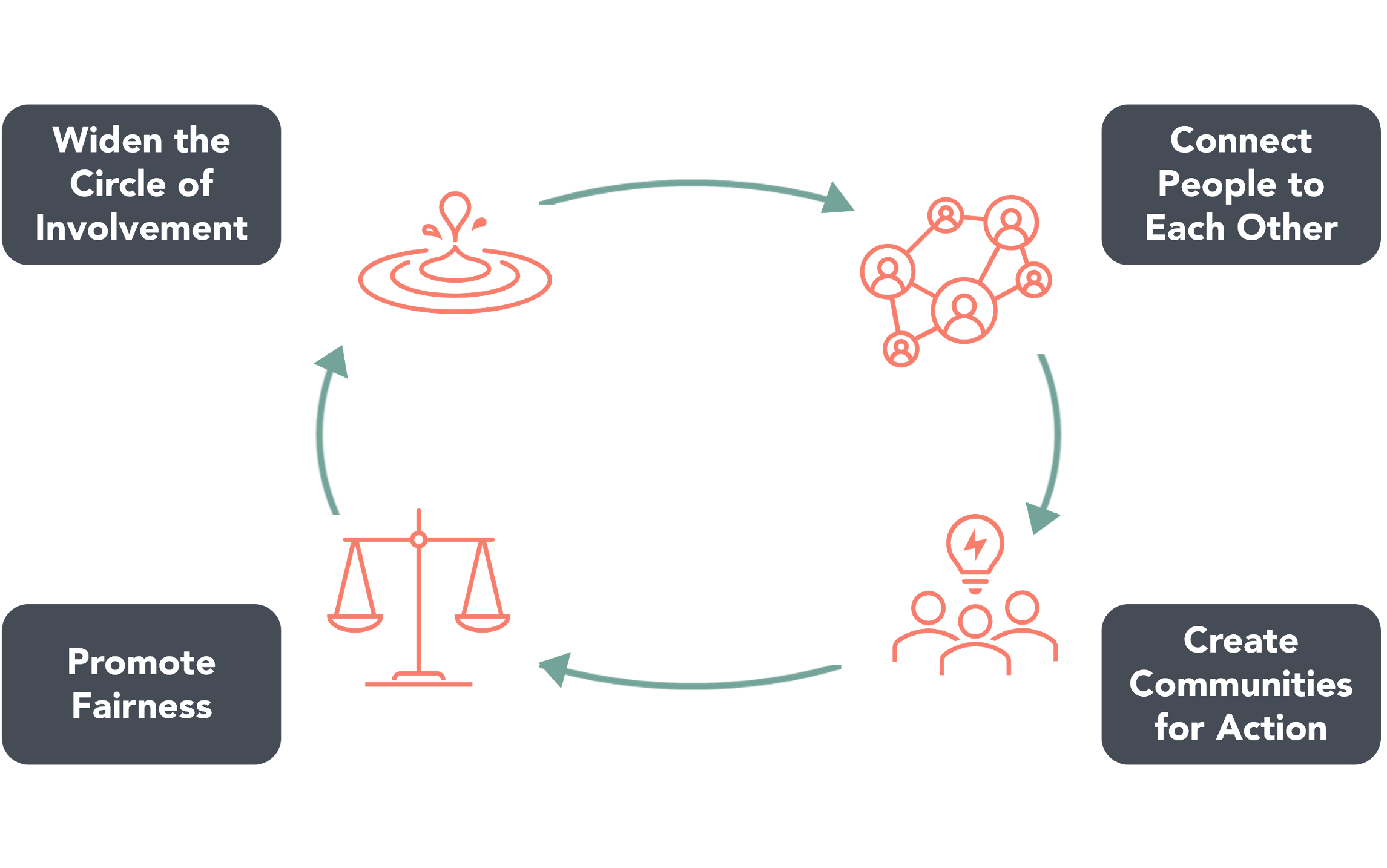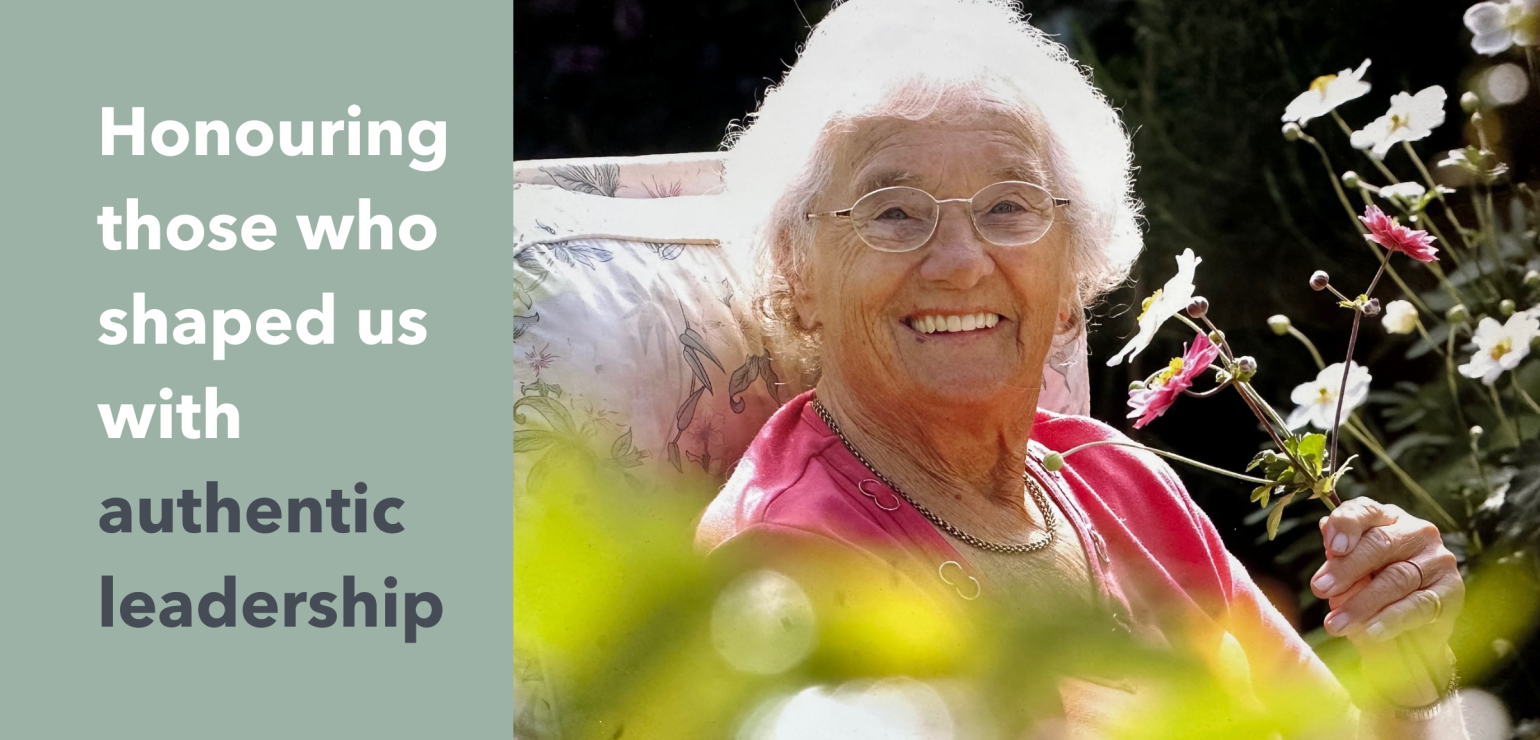Principles of effective leadership

A bit ago, prompted by a TV news crew, I gave an immediate and off the cuff response on the tumult in Westminster and the prime minister, Liz Truss’, resignation. I also posted on LinkedIn initial thoughts on what it told us about leadership. Now, with some more reflection, I expand on these thoughts on effective / ineffective leadership in a more structured way.
We’ve seen this before of course, both in and beyond government: an assumption that with the role automatically comes power over people, that there is no need to consult, engage, involve. By contrast, one of the great joys of having done the work we do for so long, is seeing the evolution that has taken place in organisations over the last several years. An understanding of the value of contributions from all levels of the hierarchy. Leaders who see their roles as encouraging and nurturing; of meaning making, engaging others in the setting and delivery of strategy.
Most organisations, large or small, are grappling with how to operate in the turbulent environment that now seems to be the shape of our world. Leading in this environment requires all the skills and resources – physical, emotional, intellectual, spiritual – that a leader has. But most of all, in these times, it requires real authentic engagement. In our practice we employ the principles of Terms of Engagement developed by Dick Axelrod and shared with his permission. This is not a toolkit, but a set of core principles that guide leaders to achieve long-lasting and successful change in organisations.
The Principles of the Terms of Engagement (adapted from Axelrod):

1. Widen the circle of involvement: Create a critical mass of energetic participants at all levels who design and support necessary changes. Proactively pursue and empower new voices, and really listen to them. People will support change if they have been involved in creating it.
2. Connect people to each other: Connection happens and deepens through shared experiences. As people connect, barriers to communication start being removed and work can flow more easily between people. They get to truly know each other and stop seeing each other as stereotypes, roles, functions etc.
3. Create communities for action: No one person has the answer; the answer exists within all of us. As leaders you can foster conditions where community can thrive. This involves:
- Creating a compelling purpose
- Put people at the centre
- Value difference
- Encourage dialogue
- Unleash talent
- Commit to the communities
- Give back
4. Promote fairness: Fairness describes a principle of egalitarian spirit and comprises of two parts: justice and care. When it is practiced, people can move beyond issues of self-interest and work towards the common good. It creates a foundation for collaboration as people believe that decision-making, method/processes, the way people are treated, and outcomes are fair to employees, customers and stakeholders.
As a leader, enacting and role modelling these principles in an honest and transparent way has strong cultural outcomes that proliferate an organisation. It starts with giving people the opportunity to grasp the bigger picture by bringing more people into the higher-level conversations, enabling them to understand the dangers and opportunities ahead. This first step aligns people to a common purpose with urgency and energy. A wider knowledge base then allows for the distribution of responsibility and accountability across the organisation. Such widespread accountability fosters collaboration and from collaboration creativity is sparked as people from all levels and functions have the space and impetus to contribute their best ideas. This snowball of understanding and action transforms an organisation into a ‘learning organisation’ where individuals and teams have the skills and processes to meet challenges in an agile way.
There are many facets to being a good leader, but the Terms of Engagement are a crucial foundation. Politicians who have never worked in the world beyond the political bubble, who have never experienced leadership at its best, could learn some lessons from some of the forward-thinking organisations we are delighted to call our clients. They may not all get it right all of the time, but they certainly strive to do so.

 Anita Harris
Anita Harris 
 Ally Salisbury
Ally Salisbury 
